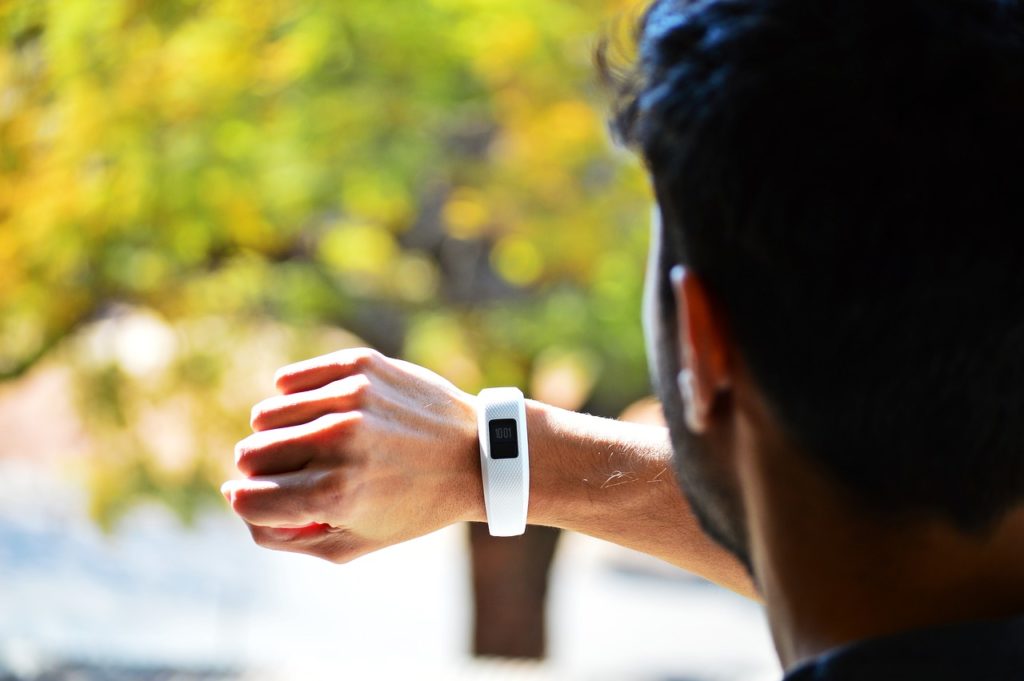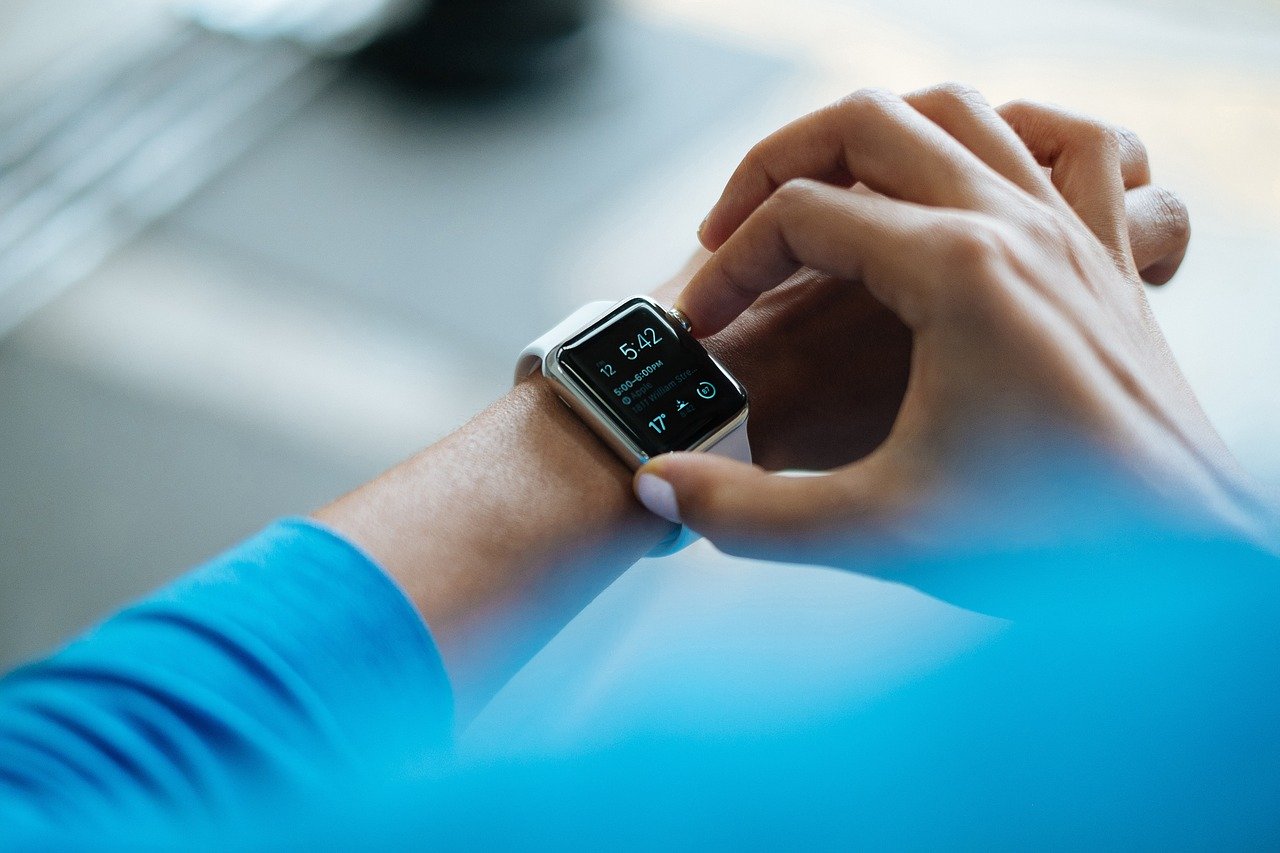With all the hype surrounding digital health tools and apps, it is reasonable to assume that people are steadily adopting them. However, some recent studies show that that isn’t exactly the case. Rather than increasing, the use of digital health tools seems to have hit a plateau, with fewer customers adopting the technology than you might imagine. It seems that customers, especially those older than 45, are not so willing to adopt digital health tools to manage their overall health.
But it does seem that telehealth is gaining traction—studies have shown that satisfaction is growing among those who regularly use telehealth solutions. So, what is causing the trouble with adopting digital health tools, and why are telehealth solutions so helpful for patients?

How Are Digital Health Tools Used Now?
There is a huge variety of digital health tools on the market today, many of them attached to smartphones or related to a particular medication. Some are even offered by insurance companies, offering patients ways to cash in on discounts by tracking their health data.
It may seem like many people are enthusiastic about these tools, but it is increasingly clear that they are less willing to use these tools as a real part of their health management than we thought. A recent survey published by the Kaiser Family Foundation showed that although many people use the Internet to research symptoms or to learn more about medical conditions (around 70 percent) and regularly use apps to track their sleep, fitness, and diet, very few use digital health tools that engage more meaningfully with their healthcare providers. For example, only about 44 percent of people surveyed have accessed their medical records online, and fewer than a quarter have used the Internet to manage a chronic condition, manage their healthcare spending, or deal with a mental health issue.
The survey also showed that it is younger people who are more likely to turn to the Internet to manage their healthcare needs. This doesn’t come as too much of a surprise though, as the younger generations have historically had an easier time adopting new technology in general.
Nearly half of those between the ages of 18 and 44 have researched new providers via the Internet, compared to just 32 percent of adults over 45. Similarly, another survey conducted by Rock Health and Stanford Medicine Center for Digital Health showed that most digital health tool use remained relatively stagnant. Of the 4,000 adults surveyed, digital health tracking showed a small increase between 2018 and 2019 (from 38 percent up to 42 percent), wearable ownership stayed the same, and live health telemedicine showed a slight decrease. There is little evidence of a great increase in digital health tool use.
What Is Causing the Problem
For most people surveyed about digital health tools, a major issue seems to be the lack of awareness about tools and their availability, particularly for telehealth. Digital tracking of health is more common among those who already participate in some form of tracking, suggesting that these individuals would continue to do so even without a digital tool. For example, those with diabetes are much more likely to track health markers like blood sugar and insulin levels, weight, body fat, or heart rate. But these are patients that are already well aware of tracking in general, making it an easy shift for them to track their health digitally and report their results to their physicians.
Telehealth Services

On the other hand, telehealth services do seem poised to increase in the coming years. J. D. Power recently released findings that showed telehealth services could grow due to recommendations from current users and increased awareness. In fact, 65 percent of those surveyed use their telehealth service because it was recommended to them, whether by family, friends, physicians, or their health plan. Telehealth is affordable and easy to access, offering patients in underserved areas an easy way to receive quality, affordable health care.
One of the key findings of the J. D. Power study showed that satisfaction with telehealth services is very high, measuring 851 on a 1,000-point scale. This score is among the top highest for all the healthcare, financial service, and insurance studies that have been conducted by J. D. Power.
Though users report high satisfaction, telehealth services are relatively unknown, particularly in rural areas, which could see a huge benefit from these types of services. Getting the word out and making more telehealth services available to patients living in underserved areas will improve the quality of care and satisfaction significantly. Though digital health is not slowing down anytime soon, its adoption is slower for some groups of people than others. Spreading awareness of telehealth services will only increase their use.

